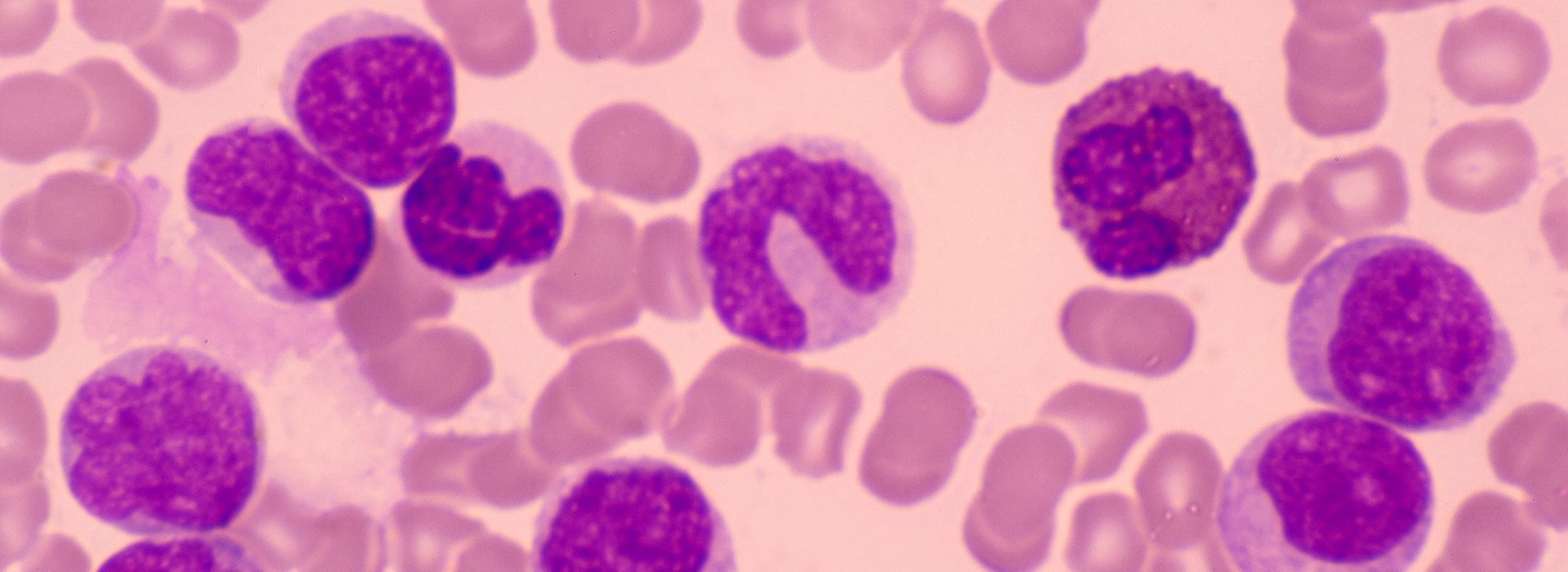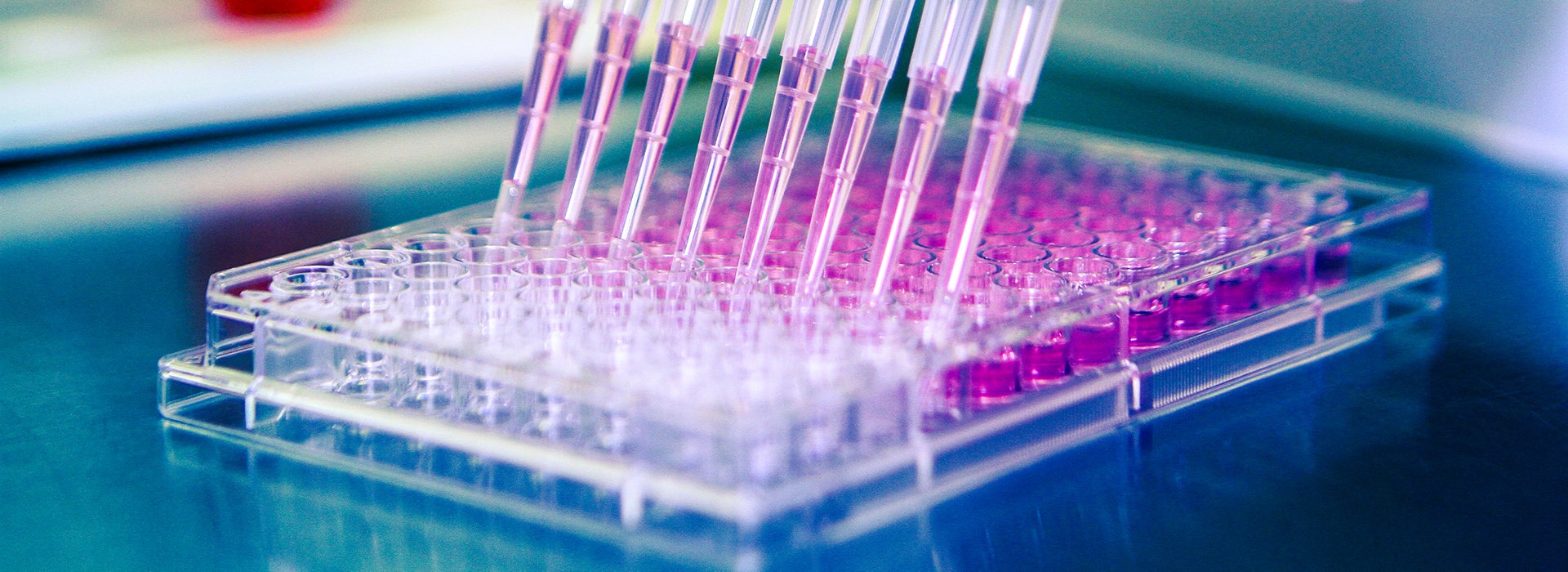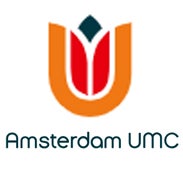Web tool for optimal study design
Stem cell technology makes it possible to grow human neurons in the lab using skin or blood cells from donors. This allows us to compare lab-grown neurons, from patients with a particular disorder such as Alzheimer’s or epilepsy, with cells from healthy donors. Earlier studies had shown that there is considerable variation between stem cells from different donors. It was unclear, however, how many donors and neurons per donor were needed for reliable stem cell research. That prompted the scientists to develop a web tool that stem cell researchers around the world can use to optimise their study designs. The study was led by Matthijs Verhage and Sophie van der Sluis from the Center for Neurogenomics and Cognitive Research (CNCR) and is published in the journal Molecular Psychiatry.
Mapping variation
The scientists made stem cells from donated skin cells and blood cells from different people and then used them as a basis for growing human neurons. The neurons were subjected to a range of commonly used experimental techniques to get a clear picture of the variation in growth, composition and function. Based on the measured variation, they then used computer simulations to calculate how many donors and neurons are needed to obtain robust and reliable study results. It was found that the number of donors in published research in this relatively new field was rarely sufficient to comply with the statistical guidelines.
Larger, smarter and more efficient
Those studies might consequently have missed differences between the study groups, or may even have measured differences that are not caused by the disease, but rather by differences between individuals,” says Jessie Brunner, one of authors. The scientists conclude that study designs require larger cohort sizes and need to be smarter to yield robust and replicable results. For this, the calculation tool can be used. This also makes stem cell research more efficient, says Brunner: "Robust and reliable study results are essential for gaining a better understanding of brain disorders and developing new therapies. That is a key driver in our work. The web tool contributes not just to robust and reliable study results, but also helps to ensure optimal work efficiency. That is important given that working with stem cells is labour-intensive, expensive and complex.”




